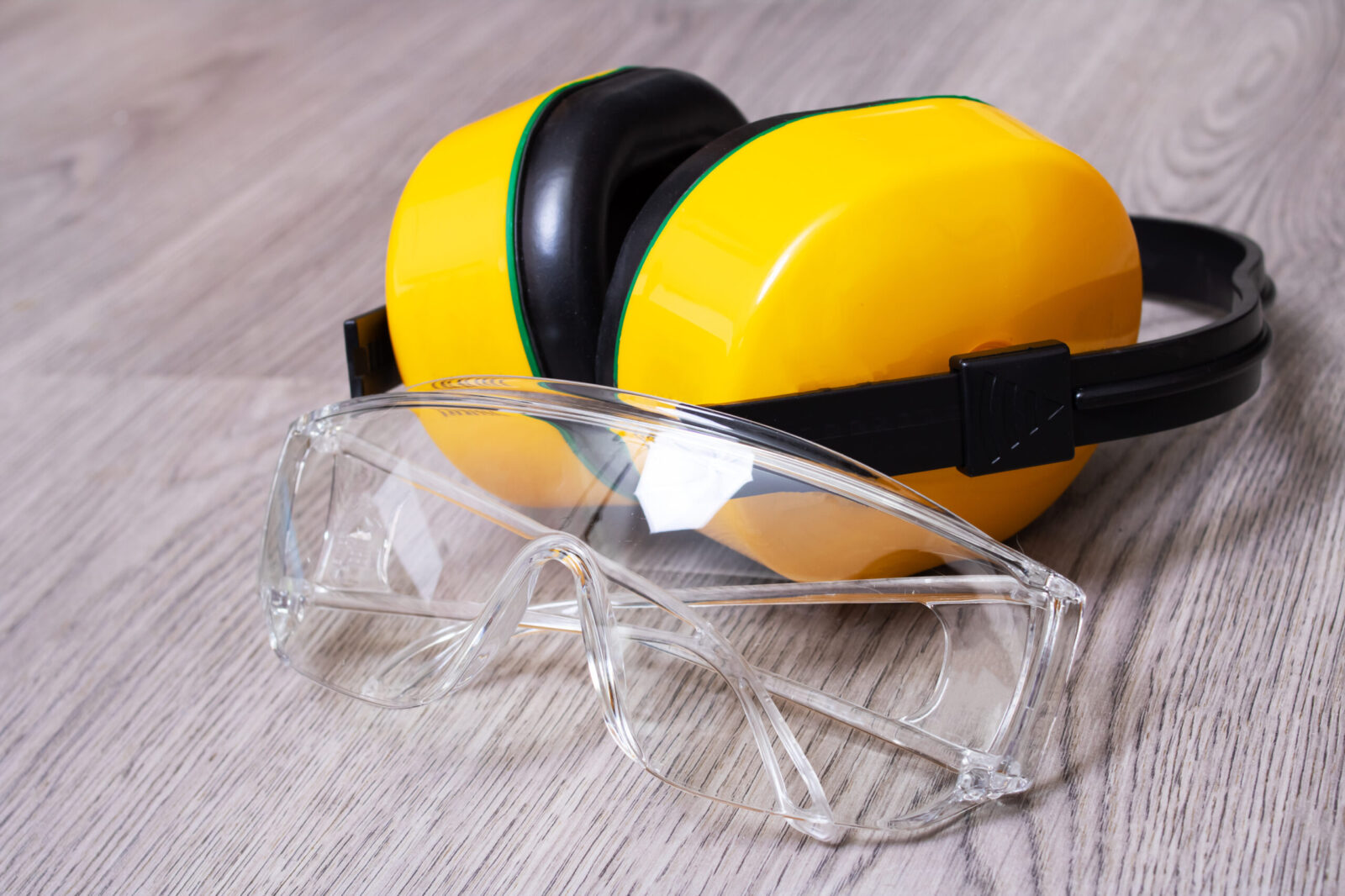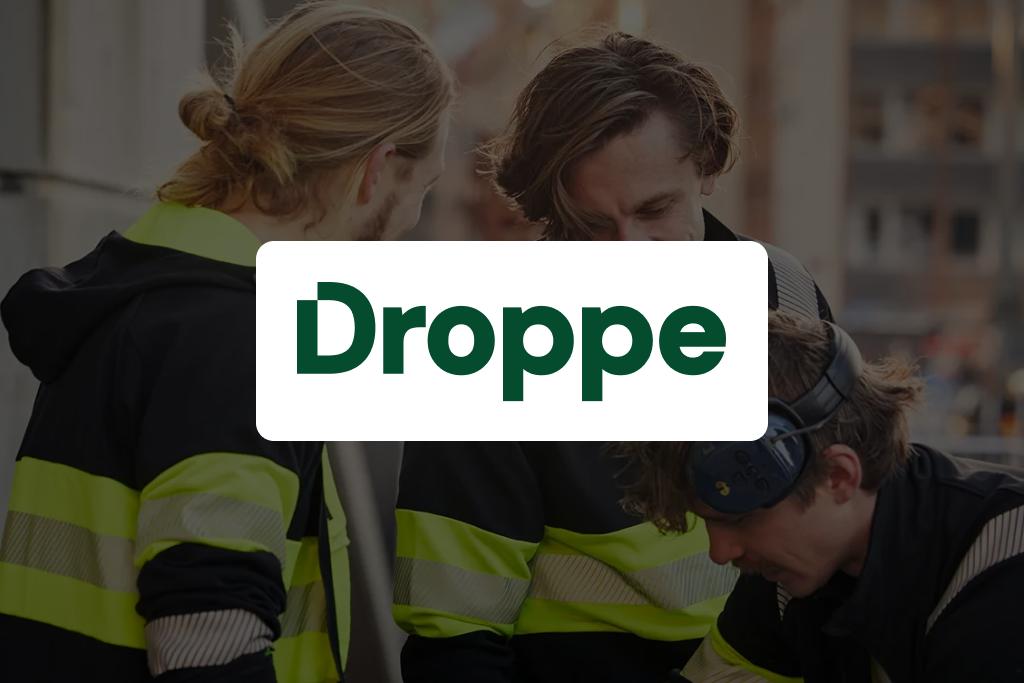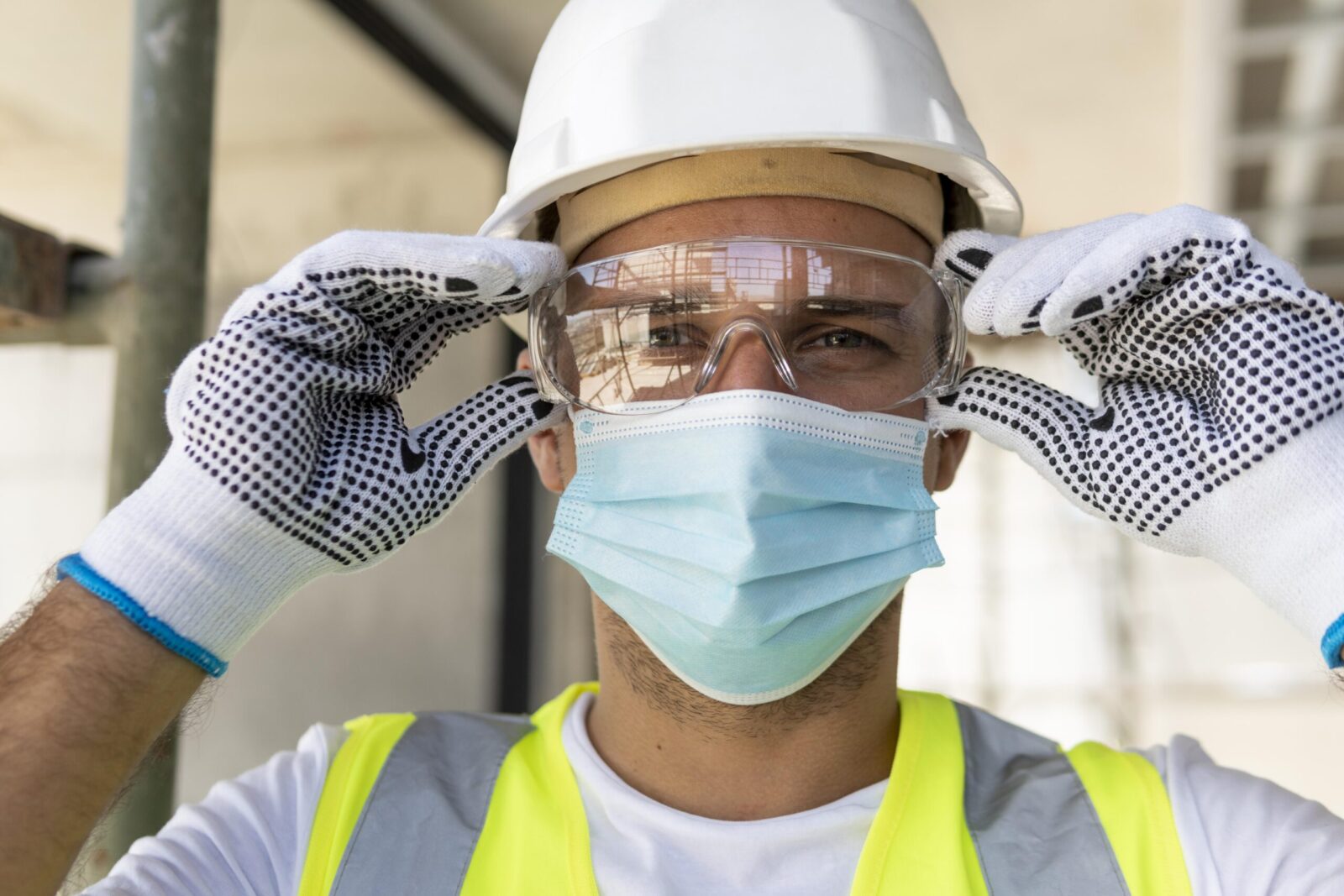
Essential PPE in the Food Industry: What You Need to Know
Overwhelmed by PPE options for food safety? Master your PPE selection for food workers safety with these practical tips.

Get 20€ off on your first order!
Choosing the right safety glasses can be tricky, but this guide will provide all the information you need to make the best choice.
By the end, you’ll understand the key features to look for, such as lens materials and frame designs, and how to select glasses that offer optimal protection and comfort. Our expert advice ensures you’ll find the perfect pair for your specific needs.
Plus, we’ll help you tackle the next step in your safety gear selection, like pairing glasses with face shields or hearing protection.
Safety glasses, also referred to as safety goggles or protective eyewear, are crucial for shielding your eyes from possible challenges. They provide:
Safety glasses are widely used across industries such as construction, automotive, and warehousing, where tasks like grinding, welding, or working with materials requiring careful handling demand reliable eye protection, making them an indispensable part of personal protective equipment (PPE).
Explore our Safety Glasses category to view available options.
When choosing safety glasses, focus on these essential features:
Learn how to keep safety glasses from fogging up.
Look for glasses that meet the EN166 standard, ensuring they’re tested for impact resistance, optical quality, and durability. Discover what the EN166 standard entails.
Safety glasses come in various types, each tailored for specific hazards:
Designed for environments with materials like dust, fine particles, or light debris that may become airborne, such as construction and automotive industries.
Ideal for labs and industries handling substances that require careful handling, they provide a snug fit to minimize the likelihood of liquid exposure.
Learn how to choose safety glasses for a chemistry lab.
For welding, choose goggles or glasses that protect against intense light and sparks. Read about choosing welding goggles.
Ensuring the right fit is crucial for safety and comfort. A proper fit reduces the likelihood of gaps that could compromise protection and ensures all-day comfort. Here’s a quick sizing guide:
| Feature | Fit Description | Recommendation |
| Frame Width | Should match the width of your face | Adjustable options best |
| Temple Length | Long enough to fit securely around the ears | Check for flexibility |
| Lens Height | Cover entire eye area, including peripherals | Wraparound frames ideal |
For more specific industries, such as electricians, see our guide to choosing safety glasses for electricians.
Here are some top European suppliers offering reliable safety glasses. Each supplier is known for quality and a diverse range of options, including advanced lens coatings, customizable frames, and compliance with European safety standards, which ensure robust protection, quality assurance, and adherence to industry best practices:
Each supplier offers a variety of models to suit different needs and industries.

Safety glasses are often paired with other protective equipment to ensure proactive safety planning to address situations requiring enhanced safety measures, such as:
If you’re also considering face shields, check out our guide: How To Choose The Right Face Shields.
We hope this guide has provided valuable insights into selecting the right safety glasses, from lens materials to frame designs, ensuring you make an informed choice. Whether you’re in construction, laboratories, or any other high-risk environment, we’re here to support your safety needs.
Explore our Safety Glasses category, featuring trusted brands like Portwest, Bolle Safety, and Skydda, all available with just a click.
For related insights, visit our articles:
Have questions or need assistance in finding the perfect pair? Don’t hesitate to reach out—we’re always here to help ensure your protection and confidence in every purchase.
– The Droppe Team
Ensure the frame width matches your face, the temples are long enough to fit securely, and the lenses cover your entire eye area.
Yes, there are safety glasses designed to fit over prescription glasses, or you can choose prescription safety glasses.
Different safety glasses are designed for specific hazards, such as impact, chemicals, or intense light, so choose based on your work environment.
Look for glasses with anti-fog coatings, or consider using anti-fog sprays to keep your lenses clear during use.
Replace them if lenses are scratched, frames are damaged, or they no longer fit comfortably or securely. Regular inspection is key to ensuring protection.
Thank you! You've signed up for our newsletter.



















Overwhelmed by PPE options for food safety? Master your PPE selection for food workers safety with these practical tips.

Struggling to maintain clear vision in demanding environments? This guide is here to help. By the end, you’ll know exactly...

Electricians across Europe face unique challenges that require reliable safety glasses to ensure both protection and efficiency. Whether safeguarding against...

Overwhelmed by PPE options for food safety? Master your PPE selection for food workers safety with these practical tips.

Struggling to maintain clear vision in demanding environments? This guide is here to help. By the end, you’ll know exactly...

Electricians across Europe face unique challenges that require reliable safety glasses to ensure both protection and efficiency. Whether safeguarding against...
Get 20€ off on your first order!
Save 30% by buying directly from brands, and get an extra 10€ off orders over €100
Save 30% by buying directly form brands, and get an extra 10€ off orders over €100